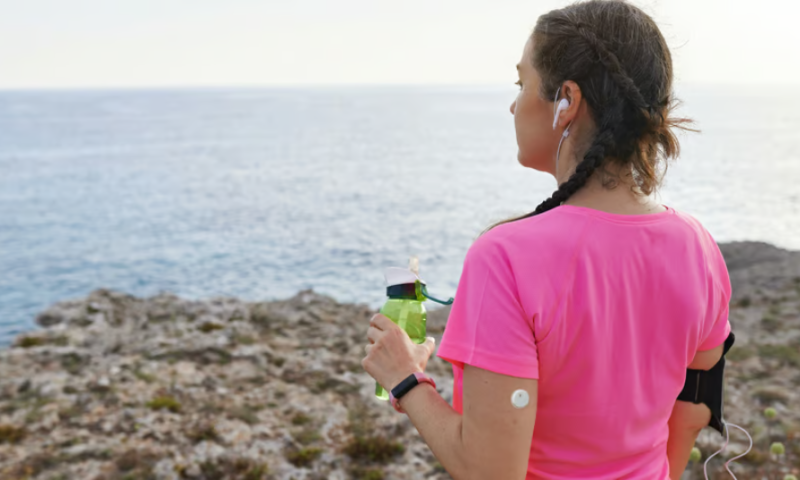After a year in development, Abbott is making its Freestyle Libre 3 blood sugar sensor available in the U.K. as part of an automated insulin delivery system for people with Type 1 diabetes.
When linked to Ypsomed’s connected pump and a coordinating mobile app developed by the University of Cambridge spinout CamDiab, Abbott said the trio form an artificial pancreas that can help algorithmically manage background insulin levels based on real-time glucose readings.
Also known as a hybrid closed-loop system, this type of device combination received an early thumbs-up in January from the U.K. National Institute for Health and Care Excellence, the country’s cost-effectiveness watchdog better known as NICE.
In a draft guidance, the institute recommended the hybrid closed-loop approach for certain patients with Type 1 diabetes—including systems built out of interoperable insulin pumps and continuous glucose monitors from the likes of Medtronic, Dexcom, Insulet and Tandem Diabetes Care, among others—but only if the developers and the NHS can agree on a proper price. A finalized guidance is expected later this year.
Abbott first announced in April 2022 that it would start working with the Switzerland-based Ypsomed and CamDiab to combine its 14-day wearable CGM with the two’s respective mylife YpsoPump and CamAPS FX smartphone app.
CamDiab had previously paired up with Ypsomed on a system incorporating Dexcom’s G6 CGM sensor. The spinout’s CamAPS FX learning algorithm is designed to be tuned to users as young as 1 year old and had previously shown in a clinical trial that it could help manage glucose levels among toddlers and children.
Meanwhile, across the pond, Abbott recently collected clearances from the FDA allowing both its Freestyle Libre 3 and its Libre 2 predecessor to be integrated into an automated insulin delivery system, also known as an AID. The green lights also expanded the devices’ reach among allowed patient populations.

